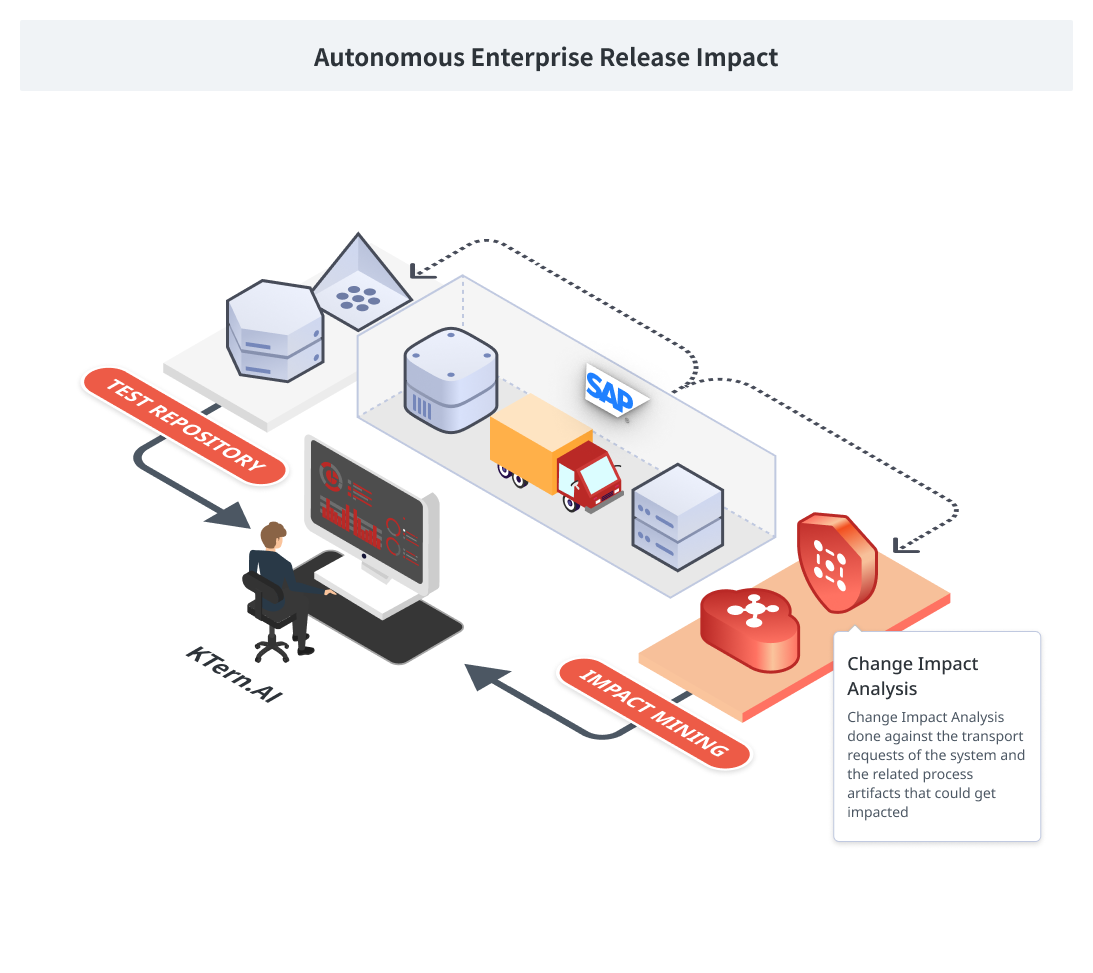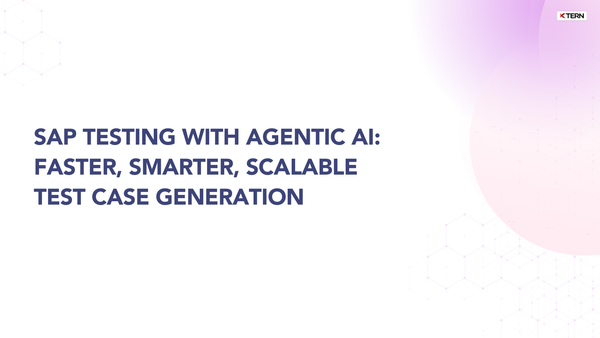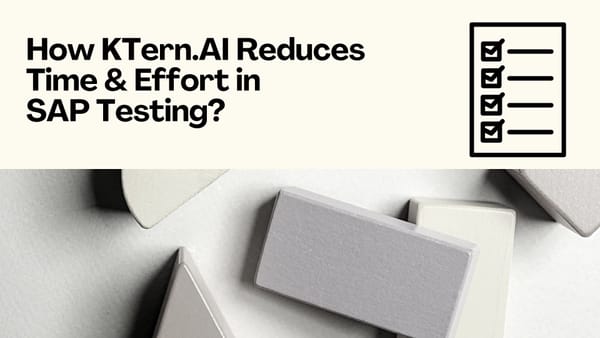What is SAP Change Impact Analysis?
Introduction to SAP Change Impact Analysis
Change Impact Analysis is defined as analysing the impact of changes within the deployed product or application. It gives information about the areas of the system that may be affected due to the change in the section or features of the application. The impact is analysed on Requirements, Design & Architecture, impact on Test, and impact on the schedule.

With the addition of new features into an application or product, it is necessary to check the influence of the changes or new features on the performance of the system. This is the reason for performing Change Impact Analysis. Continuous software testing through process automation and sophisticated model-driven functionality, helps organizations create and deliver new technology to drive innovation and enable intelligent enterprise operations.

But in distributed and interconnected digital ecosystems, new solutions and software changes can have unintended or unexpected results that can affect crucial business processes.
The main objective of change impact analysis in the SAP world is to:
1. Find risks to business processes posed by standard or custom changes to your SAP software
2. Enable continuous software testing and innovation and prioritize high-risk areas
3. Improve testing speed and efficiency
Table of contents
- How does the SAP system deal with Change Impact Analysis?
- Know which high-risk software changes should be addressed first
- KTern.AI - SAP Change Impact Analysis
How does the SAP system deal with Change Impact Analysis?

SAP Change Impact Analysis
An SAP system once goes live, undergoes several changes over a period, these changes may be bug fixes, continuous optimization, or upgrades. These changes will be related to certain parts of the system, but they might end up affecting business processes that are not even related to the section. hence regressive testing of these transactions is required.
Changes in SAP Landscape
Any SAP system landscape consists of a development system where the changes are made, a quality system where the changes are assessed and tested, and a production system where the changes affect various business processes or stakeholders. These are on the changes made and their effect on the business processes. Transport Objects are known as the carriers of these requests or changes from the development system to the quality system. With the help of request pipelines used to connect all three systems over an SAP landscape.
Challenges with SAP Change
Under a normal SAP system without using the KTern app, the change impact analysis implies the technique of testing everything. The tester must test everything related or not related to the change which has been made into the system. The technique of testing everything is very time and effort-consuming as all the probable cases have to be tested. If the default is found the same is sent back to the development team. The code is re-written or the changes are more optimized and then sent back again to the quality system.
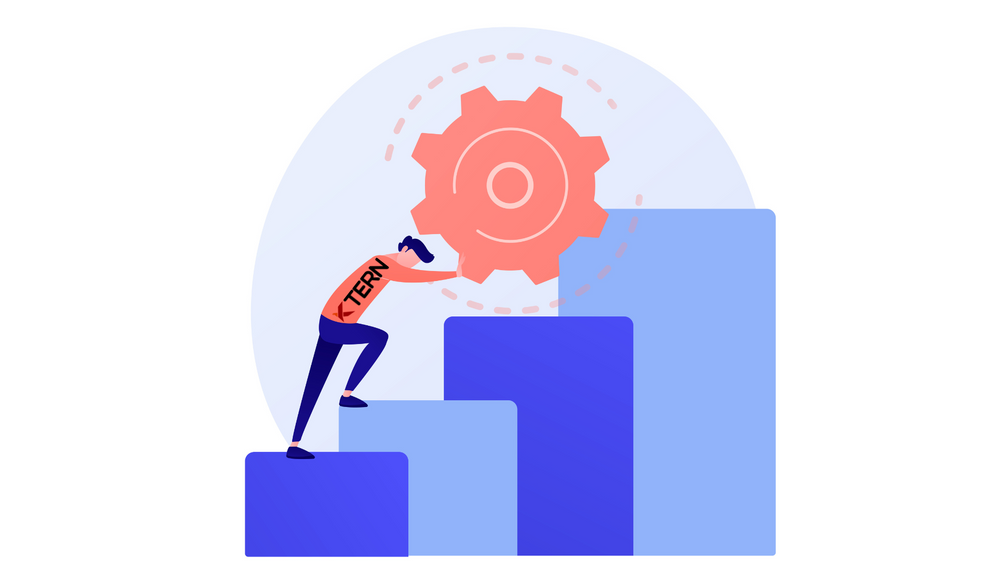
'Test Everything' Mentality
A transport object is capable of overwriting the before sent request with the new one. Then the test everything technique is repeated before the changes are finally pushed to the production system. There are companies following the “Test Everything” techniques by including them in a whole different project for testing and checking thus the mentioned process of change impact analysis might take weeks before the final changes are accepted into the production system.
User Personas
In the SAP system certain user personas get affected during a change impact analysis which are:
1. Tester
2. Release Manager
3. Quality Assurance Manager
4. Quality Control Manager
5. CIO
6. CTO

These personas are affected during any system optimization or major release is happening in the system. These personas must make sure that the business is not affected that much that they have to stop the entire business flow due to the impact these changes may incur in the system. Assessing how the users want to test exact test cases during the change impact analysis. This will, in turn, save resources such as time, effort, and cost and also increase the efficiency of the business processes. KTern proposed the transformation stream of busi which helps in the identification of test cases, analysis, and detailed reporting of any change which has been made in the system.
Know which high-risk software changes should be addressed first
Know which software modifications that pose a high risk should be handled first. You may priorities tests to help assure coverage, generate execution lists automatically, and foster creativity using the SAP Change Impact Analysis tool.
- Deployment of clouds
- Automated, AI-based examination of the effects of software modification
- Integration with ABAP-based solutions and SAP Fiori apps
- Dashboard reporting, a web-based user interface, and capability for regression testing
KTern.AI - SAP Change Impact Analysis

Autonomous Enterprise Release Impact
KTern improves the approach of change impact analysis by decreasing the time of analysis, intelligently managing the test cases, and providing a detailed report on the entire impact analysis. The stakeholders, the type of business process, and also the possible impacts. KTern aims to automate the entire process of change impact analysis by involving intelligent bots. Them carrying transport requests of the changes or modifications and then providing a detailed report of the impact. Reports on a different process, test cases, predicting and creating possible test cases. The bot handles the transport requests and then analyses the requests. The possible impact it can have, and further implications due to the impact.
KTern deploys 5 bots per mine which are:
1. The technical Impact bot
2. Process Impact bot
3. Test Impact Simulation bot
4. Change Impact Analytics bot
5. Test-Fit Execution integrity bot

Digital Mines
To assess the Change impact analysis, KTern creates a mine and launches it in the quality system, these mines can contain transport objects carrying the changes and the bots which are related to each aspect of an SAP system such as the business processes, the test cases, and transactions. The platform also provides insight into the affected stakeholders of their respective processes. A mine consists of:
1. The purpose of Mine
2. KTern.AI’s Intelligent simulation bots
3. Transport objects
4. Number of transport objects handled
KTern performs the change impact analysis while the system is online which implies that it is important that KTern connects to both qualities as well as the production systems.
The analysis performed by KTern’s Digital Mines include:
1. Total Business Processes Vs Impacted Business Processes
2. Total Test Cases Vs Impacted Test Cases
3. Top Impacted Stakeholders
4. Heat maps of Impacted Process steps
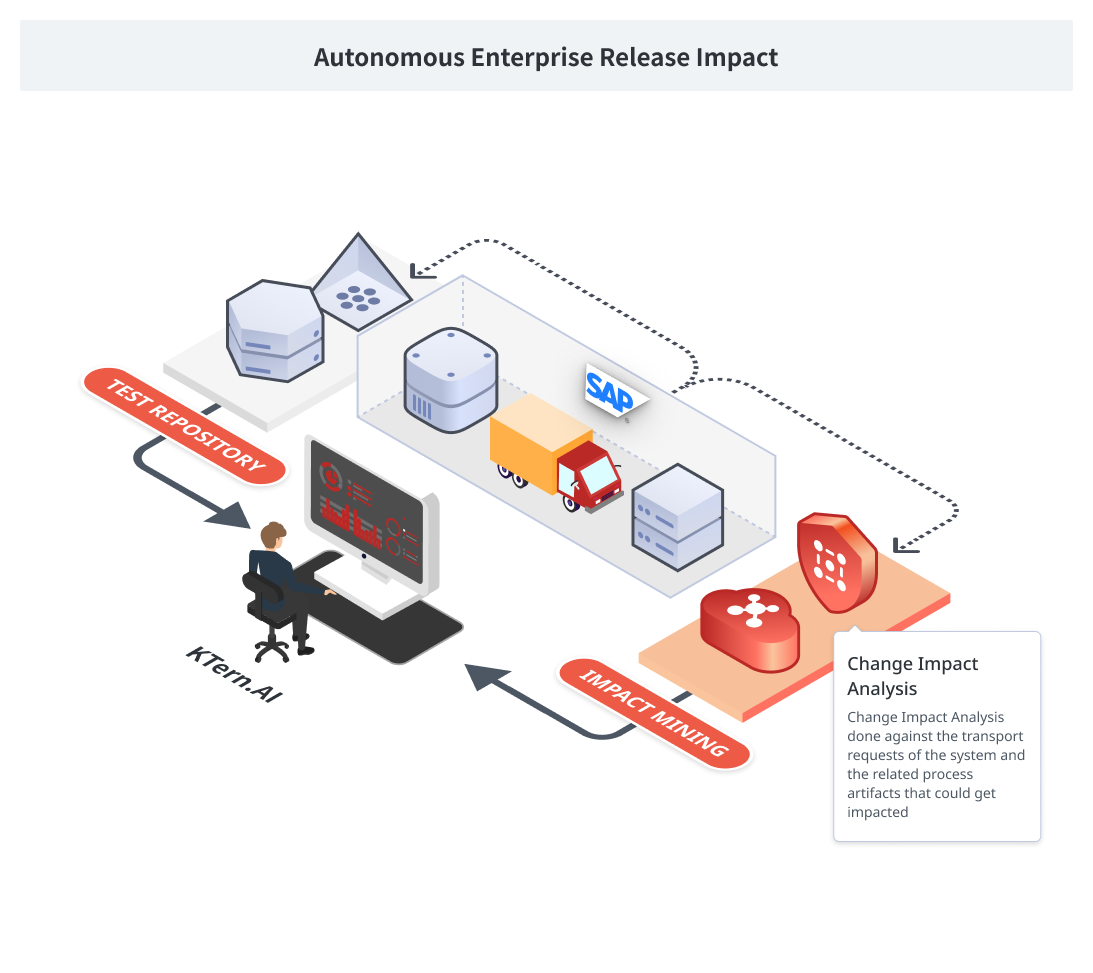
How it helps?
KTern’s test case impact analysis not only creates test cases for already existing cases in the test repository but also creates test cases for those transactions for whom test cases don’t exist known as the GAP view, in whole, the benefits provided by KTern’s Change Impact Analysis include:
1. Accelerated Testing and Support for business transformation
2. Increased Efficiency of Version releases
3. Automated analysis of test cases and impacted business processes.
Check Out More at KTern's Digital Mines.

